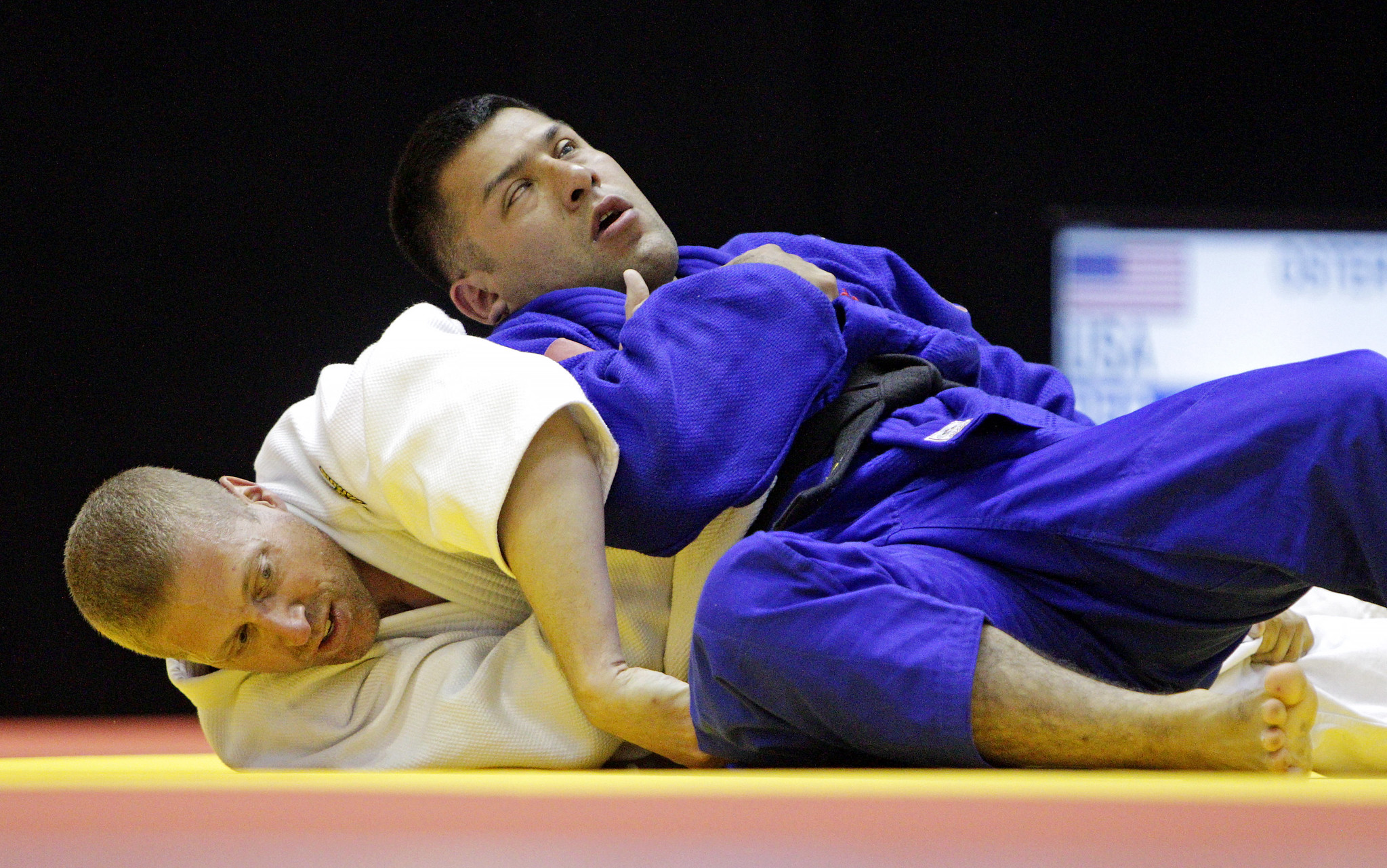
Men’s judo was first included in the Seoul 1988 Paralympics with women’s judo following at Athens 2004.
The sport requires a mix of attack and defence and is open to athletes with a vison impairment across several weight divisions.
Seven weight categories for men – 60kg, 66kg, 73kg, 81kg, 90kg, 100kg, 100+kg Six weight categories for women: – 48kg, 52kg, 57kg, 63kg, 70kg, 70+kg Paralympic judo follows the same rules as Olympic judo, with the difference that judokas shall start and remain during the combat holding each other’s suits. Contests last five minutes and the athlete who scores the higher number of points wins.Rules and Equipment
Documents:
Eligible impairments
| Vision Impairment |
Athletes with vision impairment have reduced, or no vision caused by damage to the eye structure, optical nerves or optical pathways, or visual cortex of the brain.
Classification description
Athletes who have an eligible vision impairment compete together in weight classes, rather than by how much they can see.
Sport Classes
| B1 |
| Athletes have a very low visual acuity and/ or no light perception. They have visual acuity less than LogMAR 2.60. |
| B2 |
| Athletes have a higher visual acuity than athletes competing in the S/SB11 sport class (visual acuity ranges from LogMAR 1.5 to 2.60) and/ or a visual field of less than 10 degrees radius. |
| B3 |
| Athletes have the least severe vision impairment eligible for Paralympic sport. They have the highest visual acuity (ranging from LogMAR 1 to 1.40) and/or a visual field of less than 40 degrees radius. |
Resources:
Ireland currently does not have a Para Judo National Governing Body member of Paralympics Ireland
| Governing Body | |
| International | International Blind Sports Federation (IBSA) |
Summary
Events & Rules
Classification
Get Involved
summary
events








